Brinklow Castle
Brinklow Castle, a motte and bailey castle of Medieval date. The castle is still visible as a substantial earthwork. It is located at Brinklow.
1 `Very imposing and remarkable earthworks of the moated mount and court type… as fine an example… as can be seen anywhere within the kingdom.’ The works occupy a strong position on a short elevated ridge. The mount, with five elm trees on its summit, is a conspicuous landmark with magnificent views. It is placed right on the line of the Fosse Way. To the W lies an inner court, defended by a rampart and ditch and beyond this is a second and larger court similarly entrenched. The entire work covers 1.8 to 2.1 ha. The mound rises 12 M from the surrounding land and is 79.2 M in diameter at base. Its top is flat and measures 15 M across. The surrounding ditch is 6 M deep and 12 M wide. The two courtyards are on slightly lower ground. Inside the ditches are remains of a rampart. There are now three entrances into the courts, but it is unlikely that any of these are original. The whole of the palisading was doubtlessly of wood.
2 Chatwin suggests that the Normans used a pre-existing mound (PRN 6009). Brinklow was given to Earl Alberic, then – after being in the King’s hands – to the Earl of Mellent, then later still to Nigel de Albany. Its interest as a castle ceased at an early period. It was probably a Norman castle of major strategic significance.
5 The castle`s position on the Fosse Way and the fact that it is located almost halfway between the castles of Warwick and Leicester suggests that it was one of a number of castles built at strategic points on the Fosse Way.
6 Note.
- For the sources of these notes, see the
- Timetrail record
- produced by the Historic Environment Record.


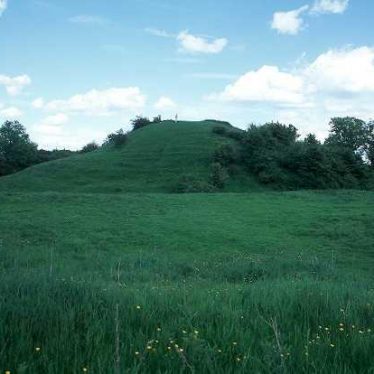
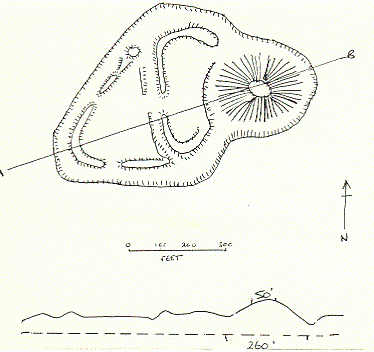

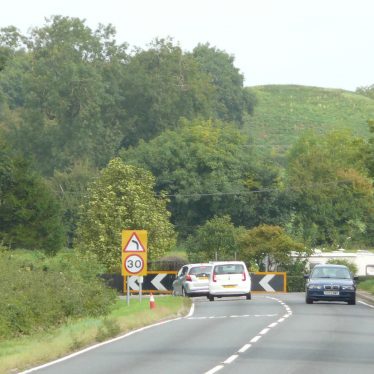
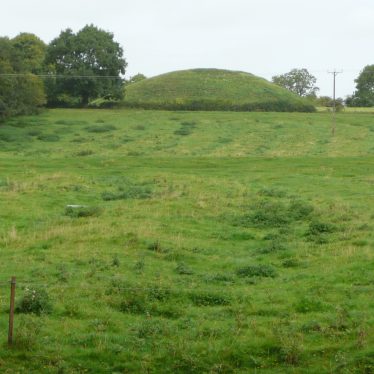
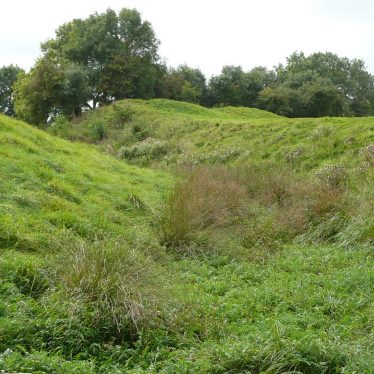






Comments
Add a comment about this page